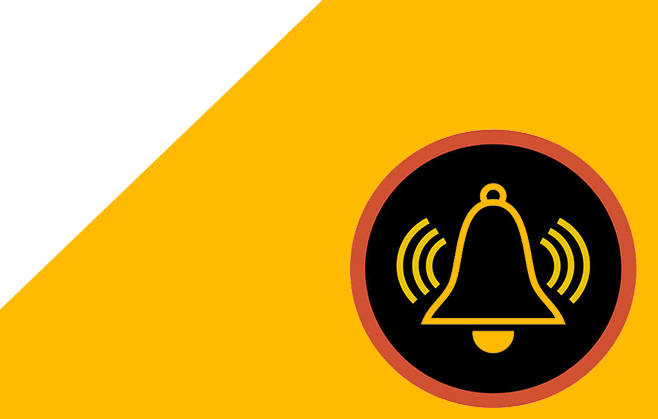
Push marketing: Do we want to see more?
Often, we can feel overwhelmed by the amount of push notifications we receive on a daily basis. From useful ones such as mobile banking and travel alerts, to messages from our favourite shopping apps, this got us thinking- are push notifications a crucial part of any marketing strategy, or simply an annoyance?
Recent data compiled by Localytics showed that 52% of app users enable push notifications, while mobile automation Kahuna, stated that these alerts can generate a 40% click through rate. And according to Econsultancy, around 20% of brands now use these to notify their app users. The psychology behind app alerts is evident- as subscribers to these apps, we not only want to have features available from our favourite companies and brands, we want up to date information too so we can stay in know. If there’s a flash sale on, the lure of free delivery on a product shipment, or a special event, we most certainly want to know about it. And brands have tapped into this well, with the best retail apps sending timely alerts before a seasonal sale, public holiday, or before payday, for instance. Now, marketers will have another medium with which to work- Apple’s iWatch, which in conjunction with mobile marketing automation provider Swrve, will support a brand’s push notification strategy.
From a customer’s point of view, push notifications have an advantage because updates come from within the app itself, making it easy for you to click through and take action in the app, as opposed to having to manually visit a mobile or desktop site. They also fall under your general notifications in your smartphone, being grouped together with messages and other alerts, making it easy to see any perks a brand happens to be offering. We’ve also realized on the whole, that push marketing isn’t as obtrusive as we first imagined- on average, our apps will send out alerts anywhere from a couple of times per week to once per month. If you compare this to a brand’s email marketing frequency for instance, our inbox can often become clogged with blasts on a daily basis. And unlike text-heavy emails, push notifications are snappy and immediate, telling us exactly what we need to know in as few characters as possible.
When it comes to email marketing however, we do like being sent news blasts, as there’s greater space for descriptive content and imagery within the body of the message- this can often be more helpful in encouraging us to click through to the company’s site. For marketers, one can’t replace the other, as email marketing directs traffic to their brand’s site, while push notifications drive app visits. But the certain advantage of push notifications for marketers over email, is of course locational targeting. With iBeacon technology, participating apps can track their users’ movements, sending out timely alerts when a customer is nearby their physical store for instance, and even when in-store. With only a fifth of brands currently deploying a push marketing strategy, the growing use for iBeacon technology might soon see more get on board, especially as it will allow them a very precise way to gather customer information.
Do push notifications encourage you to take action within your apps? Do you think they are an integral part of mobile marketing? We’d love to hear your thoughts, so please tweet to us @PracticeDigital and share your comments on our Facebook page.




